A handful of days ago, I was feeling the sunk-cost pain of essentially being "everything but that one thing"-the-way to a finished project, having not thought up a submittable solution in over a month. Scrolling through nozzleboss' insta, I came across the following image:
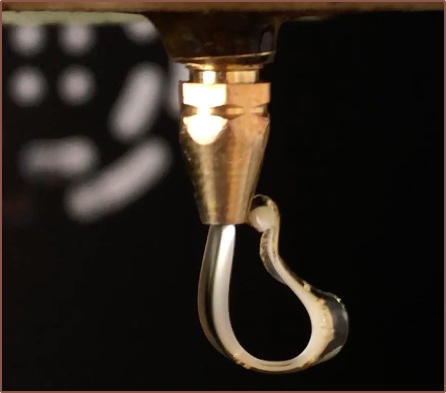
From this, I thought "The only reasonable way forward is to get two colours per coaxialiser" and pondered how the material would need to flow to allow for that.
The material would need to be layered, like the machined coaxial heatblock if there wasn't metal between two adjacent inputs. The issue is that it puts a constraint on how the two material flows are merged together and doesn't mesh easily with the heatbreak input locations. There was also the issue of fitting the coaxialisers in, considering that I'd need to orient them 45 degrees so that they can print.
I also learned, from trying to unblock the R1 prints, that I cannot have the channels split in two; there'd be no way to know and/or unblock one minor channel if the other channel can flow. This could be the reason why I was having flow issues with R0.
Eventually, I had a realisation that, since the pressurised system doesn't care about gravity at all, a coaxialiser could work "backwards" in that the flow could move upwards. So I went into Fusion to sketch my idea yesterday:
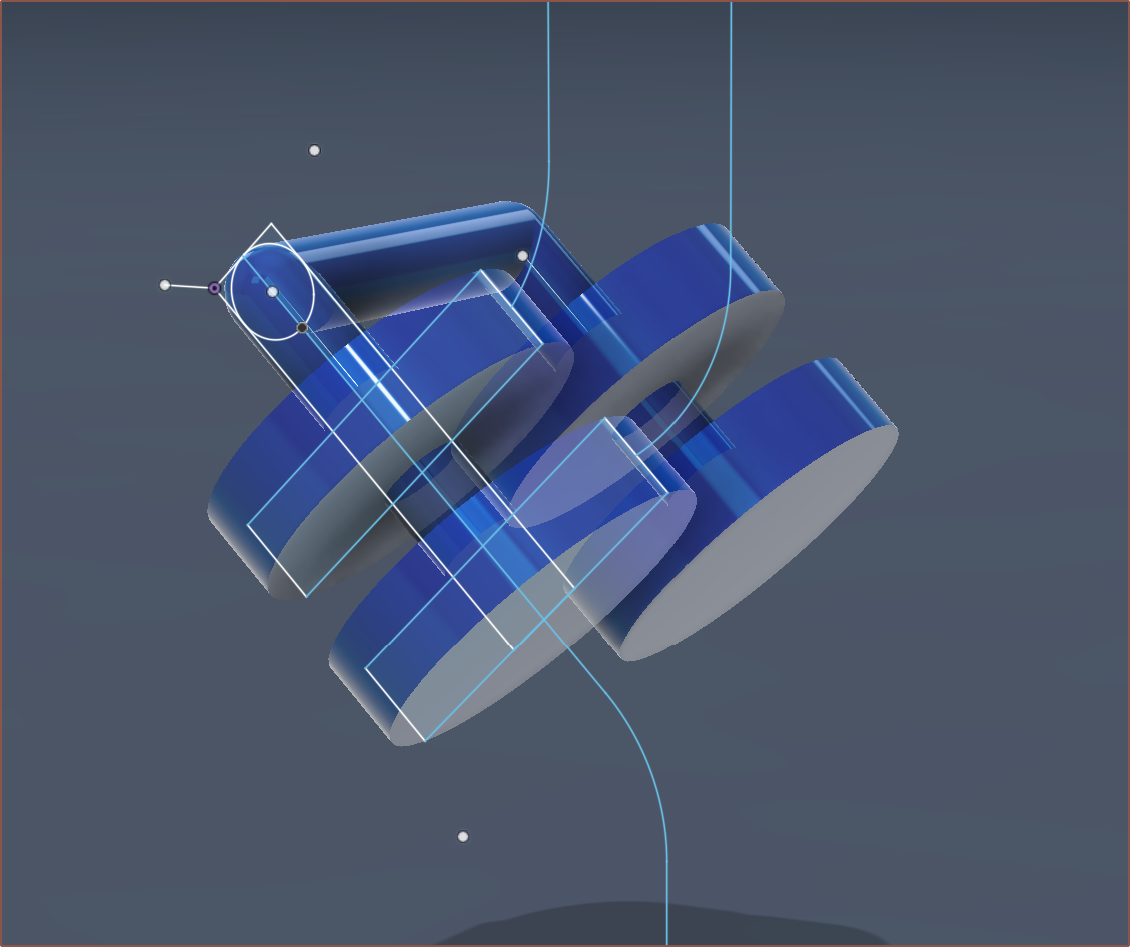
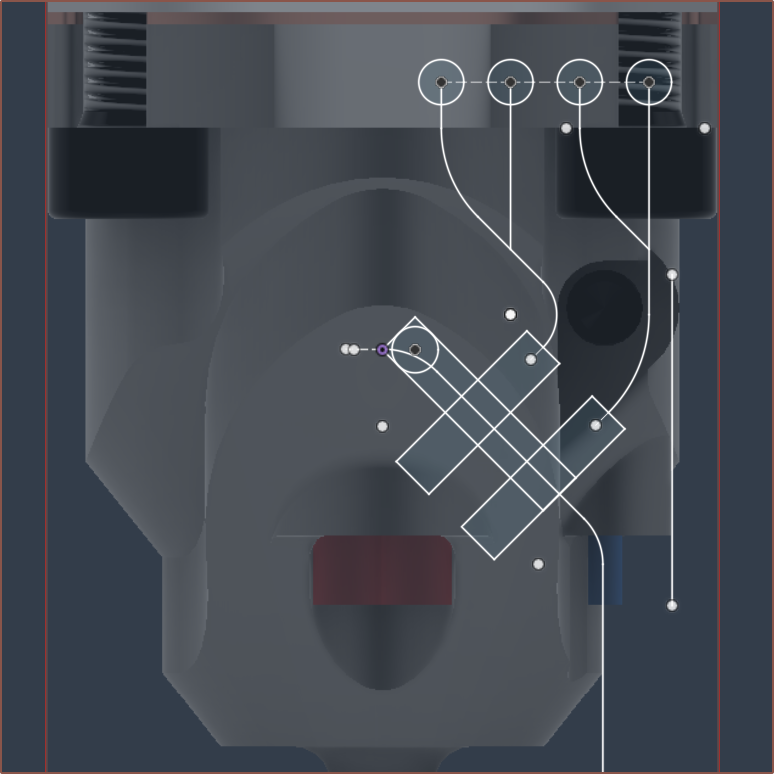
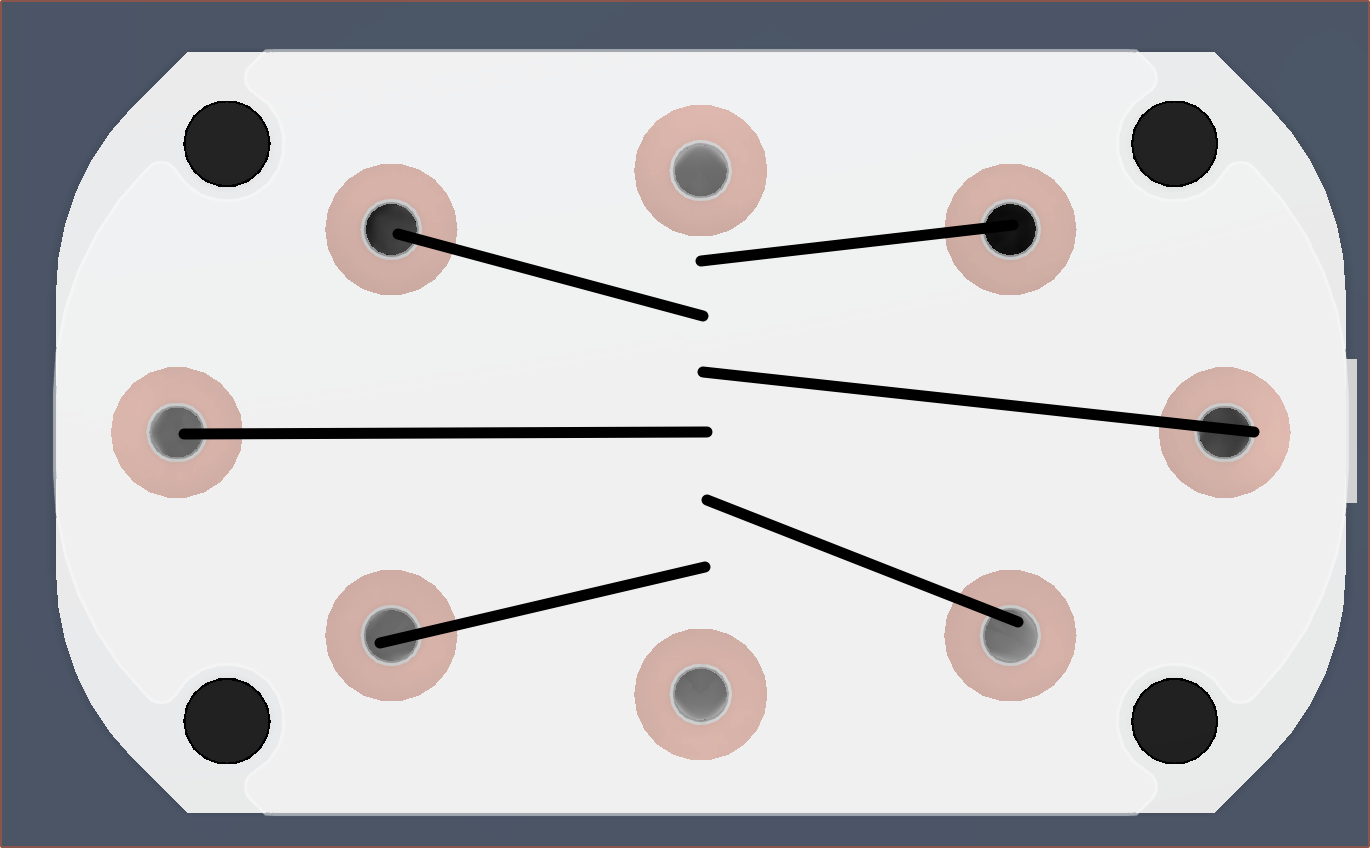
So this was all going quite well until I hit a roadblock. Well, to be accurate, it was an input block. The sidemost input would need to go under the diagonal input:
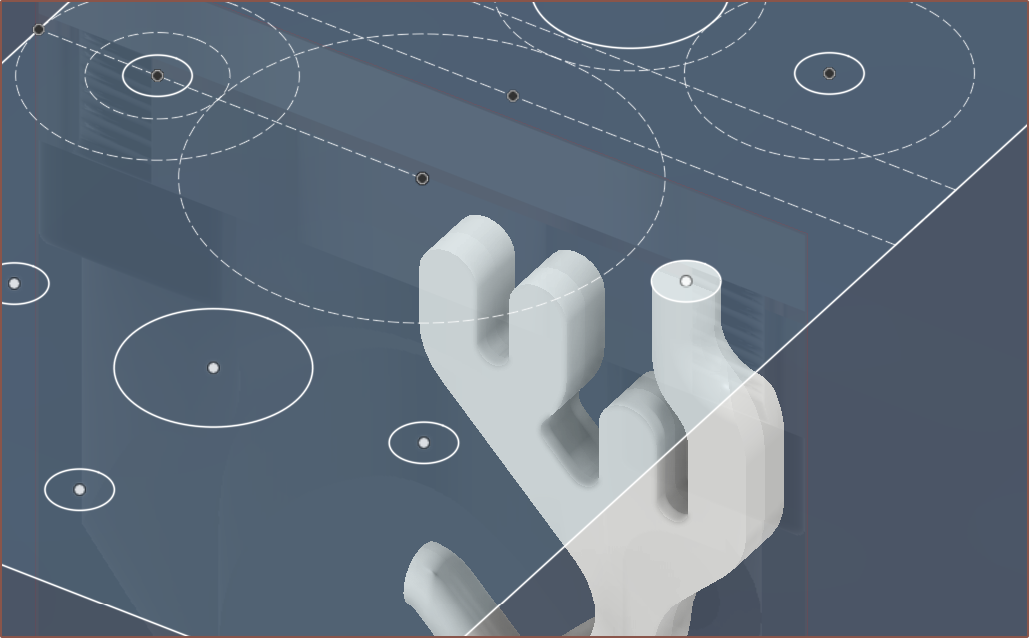
Thus I had to change the paths slightly to be able to get a solution:
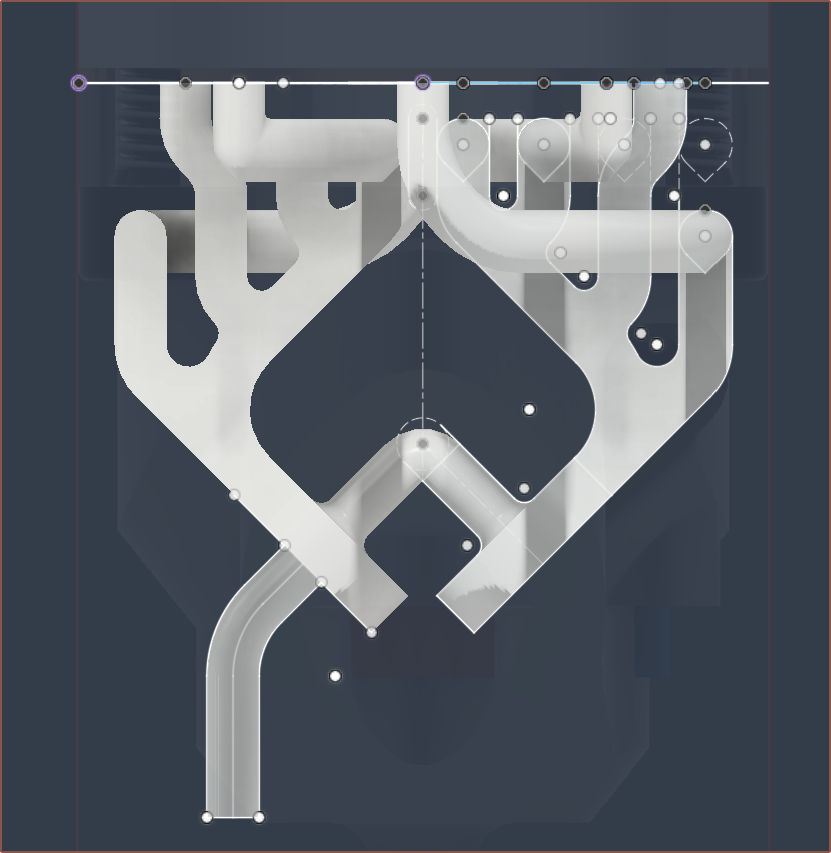
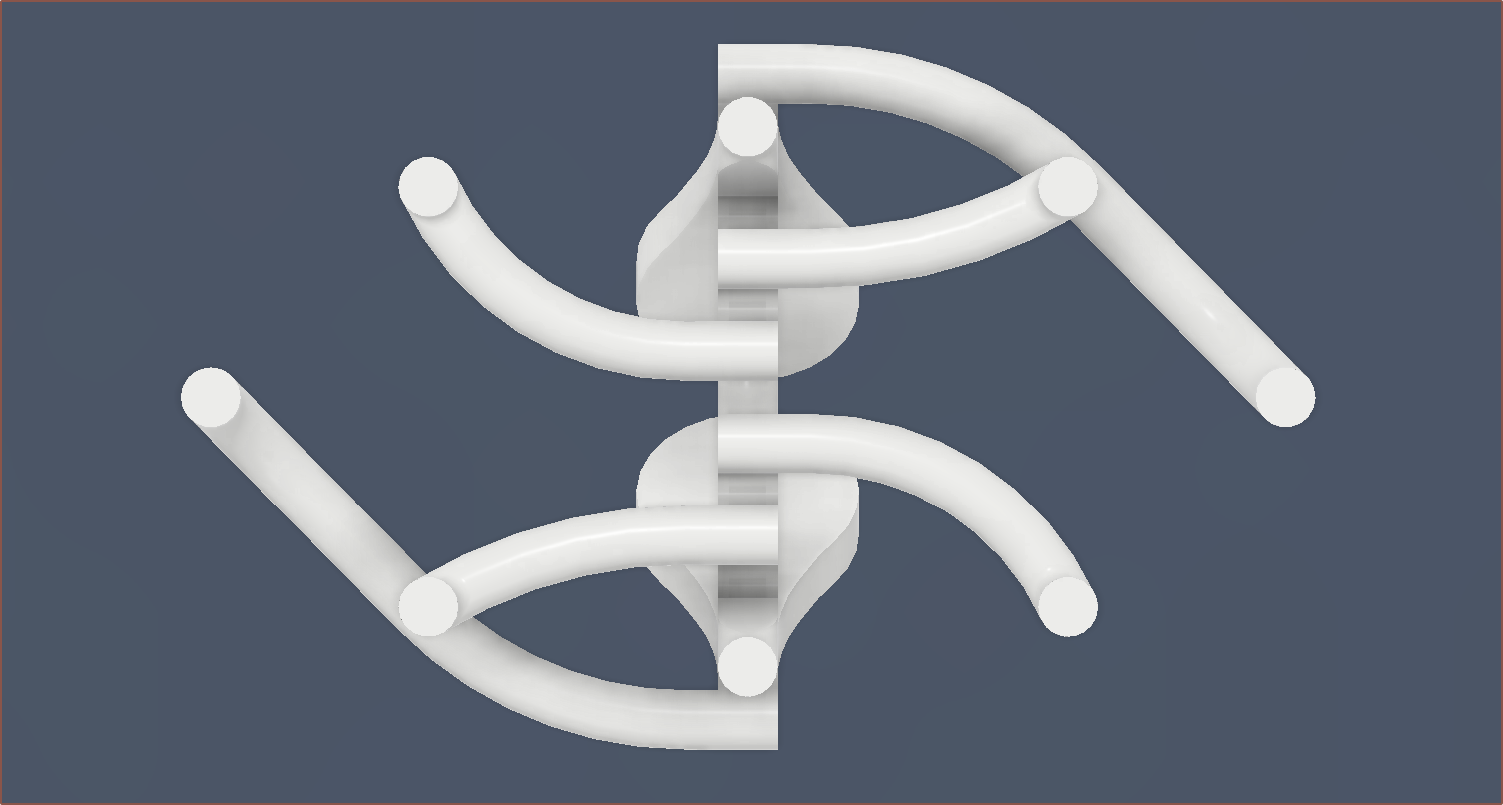
The end result looked like the branches or antlers when in 3D, but in 2D, I was more reminded of PCB tracing (since I've been designing one for #Tetoroidiv [gd0152] lately).
The idea I had in mind for the rest of the heatblock was going to look ugly, and it seemed like a waste of space in the centre of the tree, so I reworked things to use a single heater cartridge.
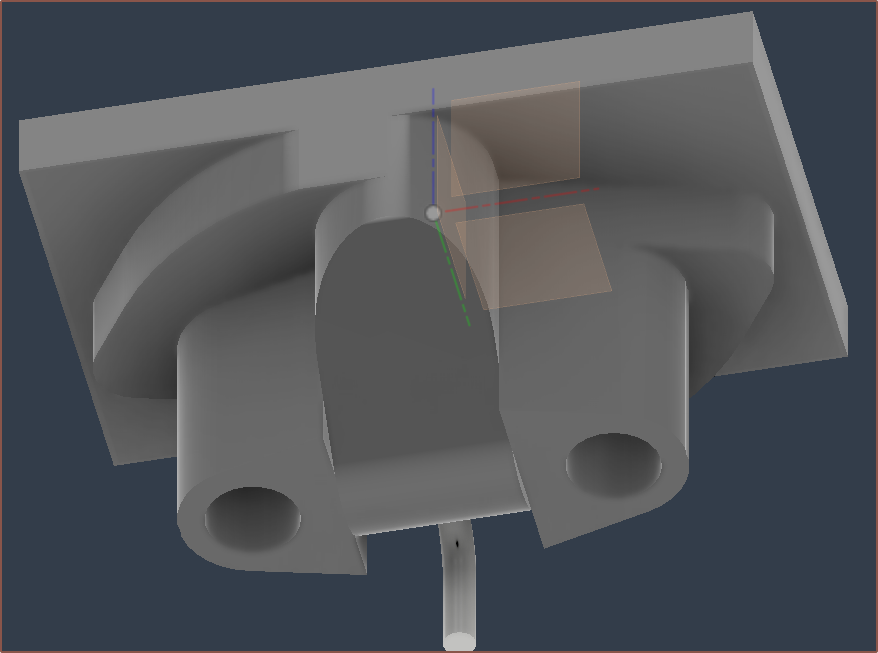
This morning, I continued working on the design. When I went on a short break, it was nice to find out about SpaceX's new Raptor engine and see the similarities in engineering progression; they're both getting smaller, more refined and improved features:
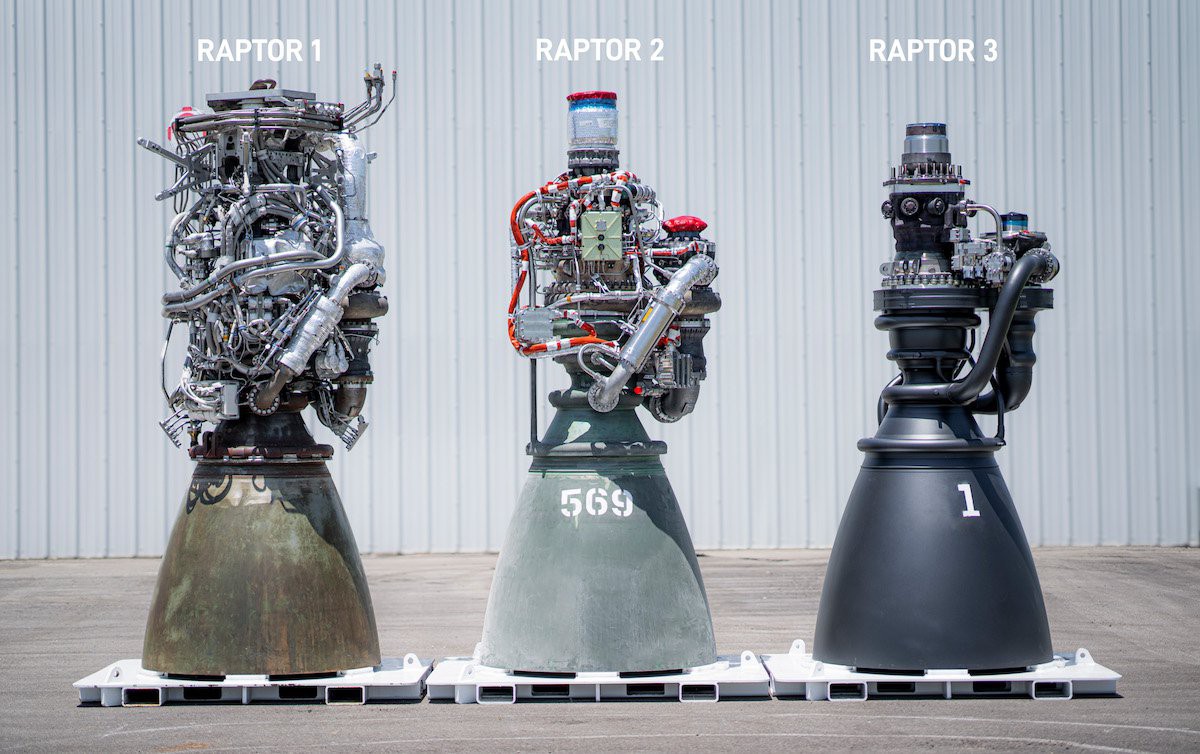
So I continued modelling, fixing Fusion erros, quality checking and cleaning up the model to obtain... this run:
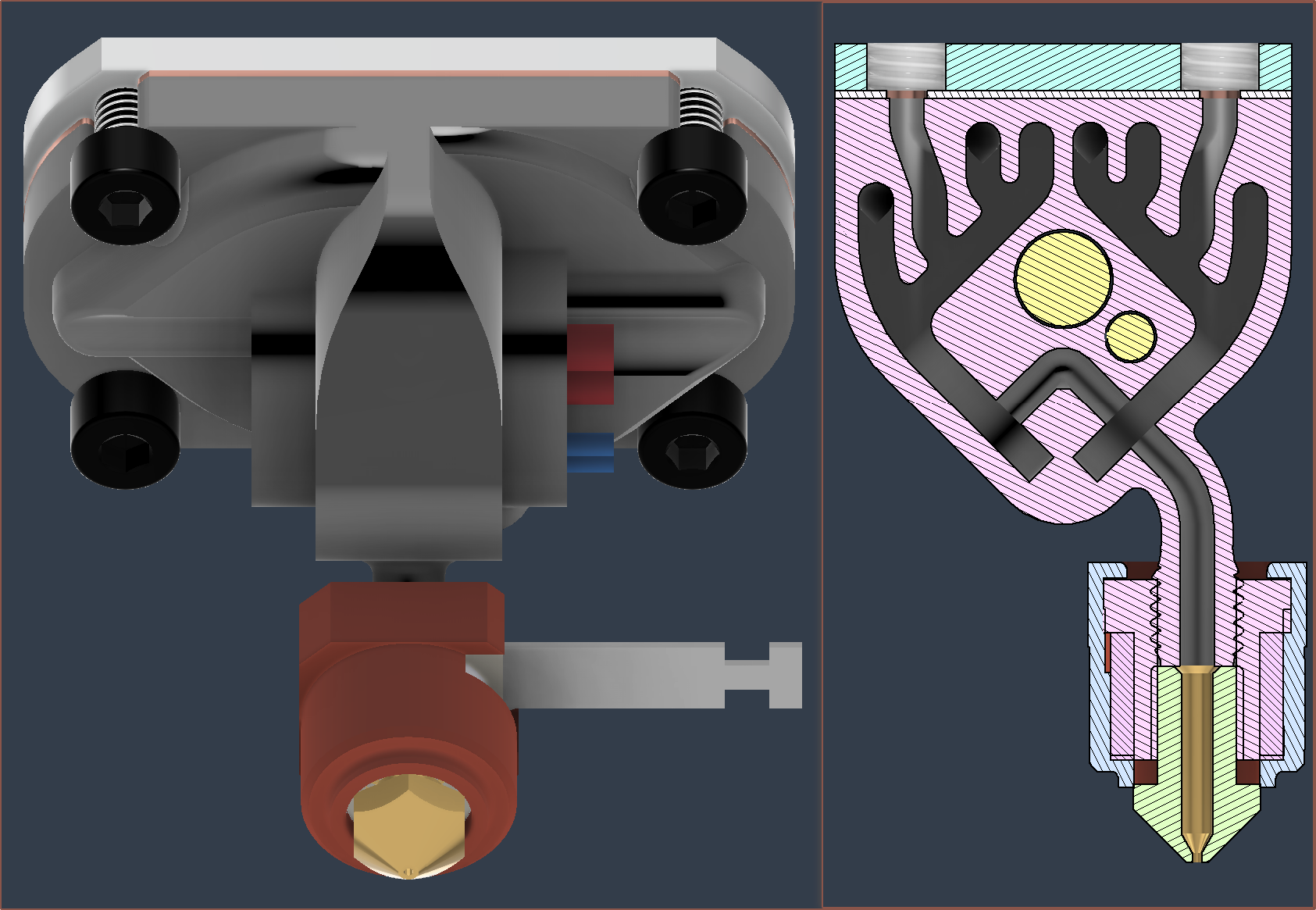
It's quite surprising how much less material there is compared to R1 (which I thought was nearing a reasonable practical limit) even though there's no minor channels (the 1.5mm ones) anymore and the main channels have been increase to 2.2mm. This heatblock is only 11.9cm^3 which is a reduction of 3/8ths. That's 3.2 volcano blocks for 8 inputs. It's lower than the 14.6cm^3 of the 4-in-1-out machined hotend.
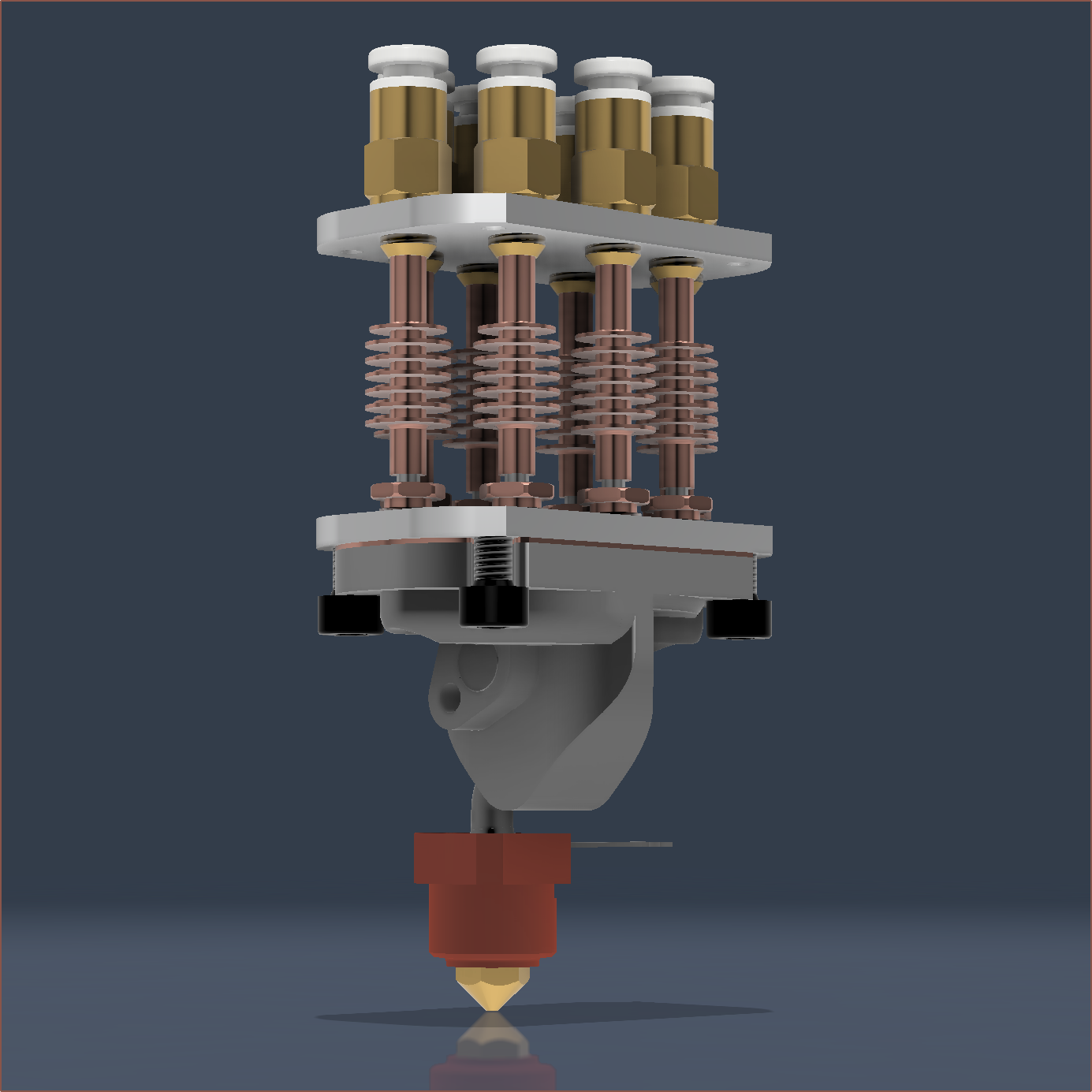
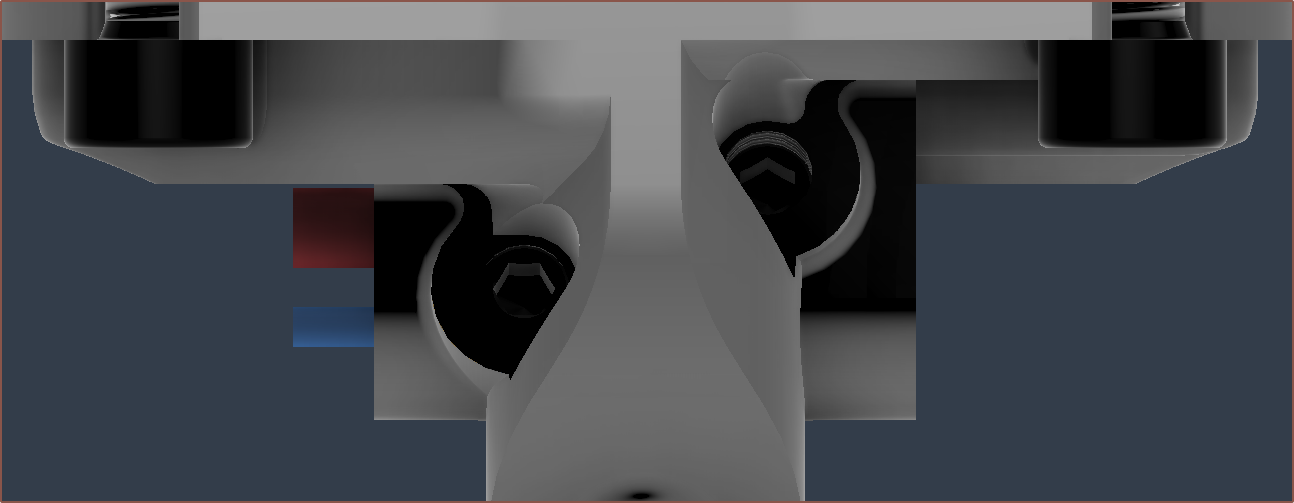
[18:30]
I realised that I could go back to my initial input order idea because I no longer have to avoid the dual cartridge slots:
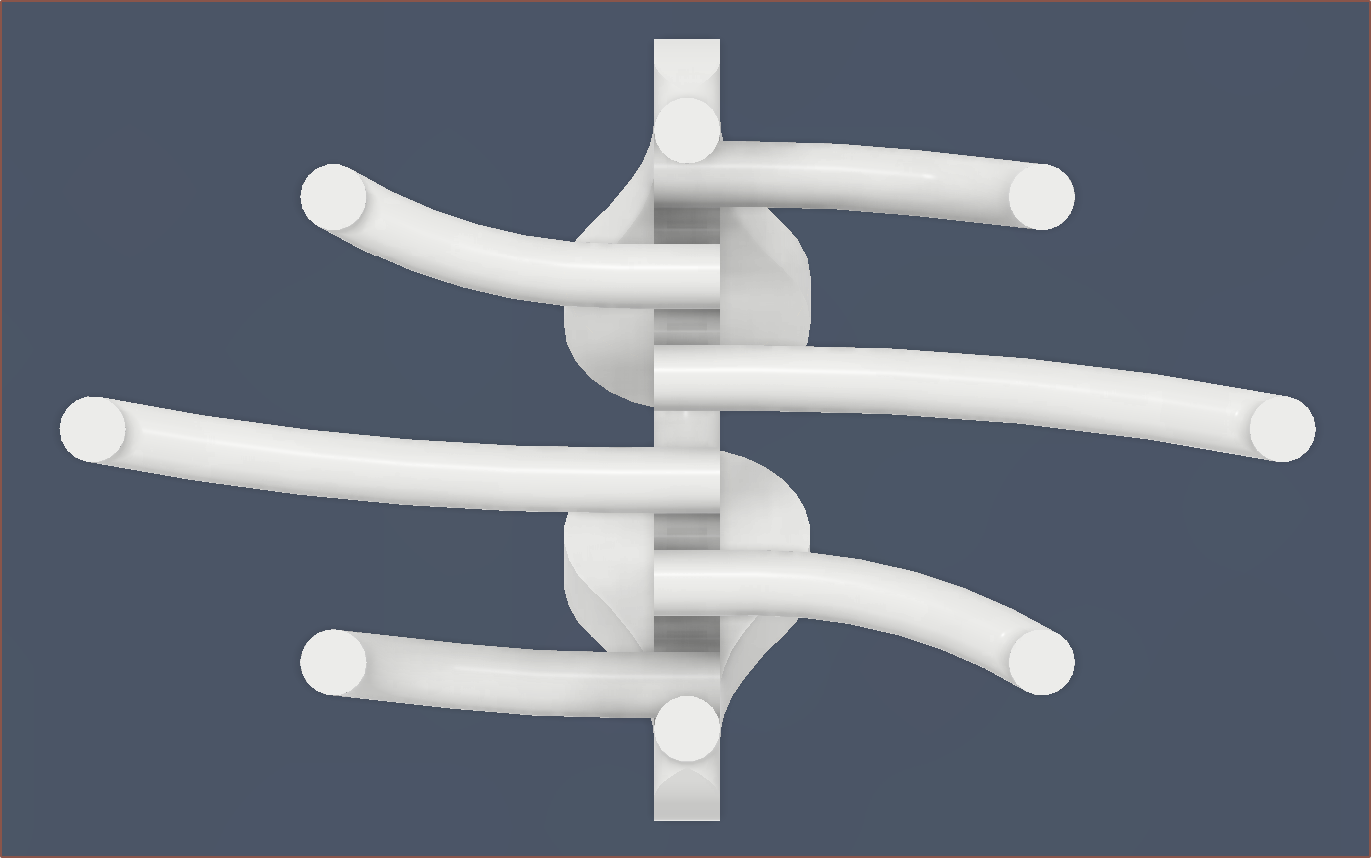
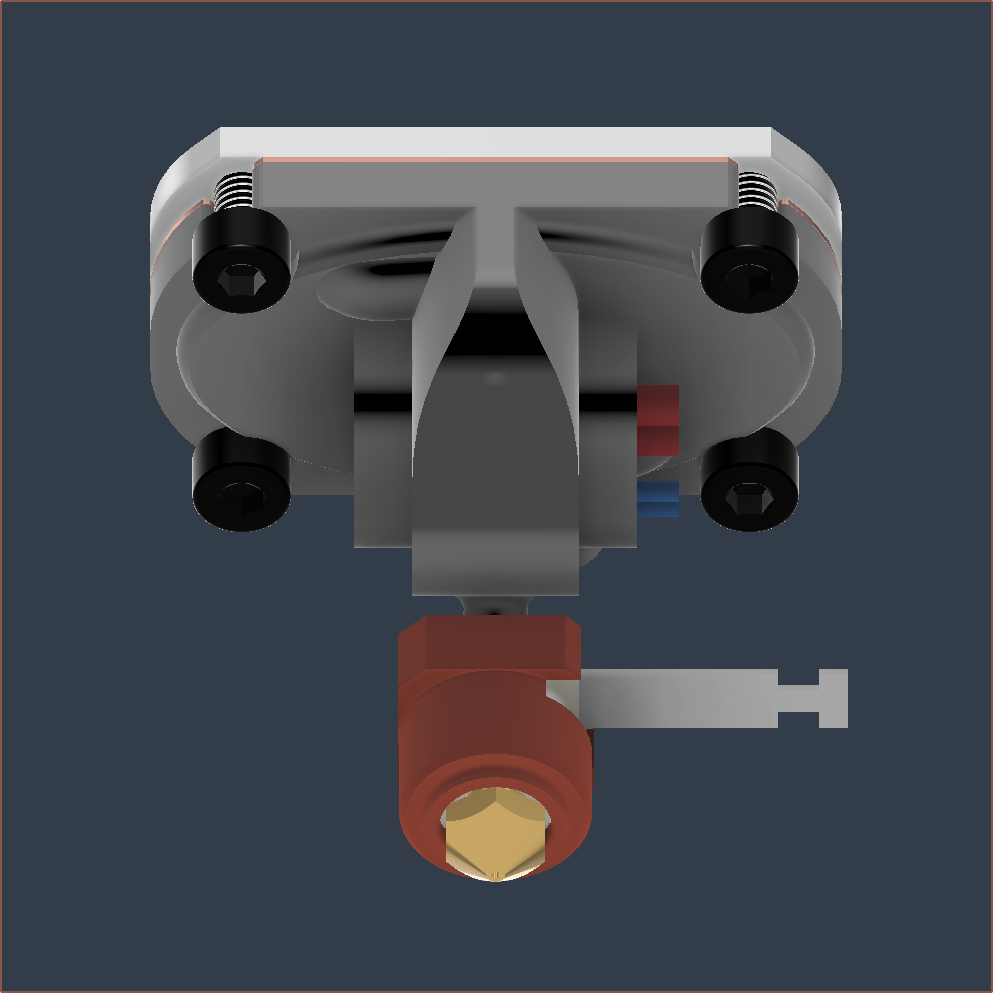
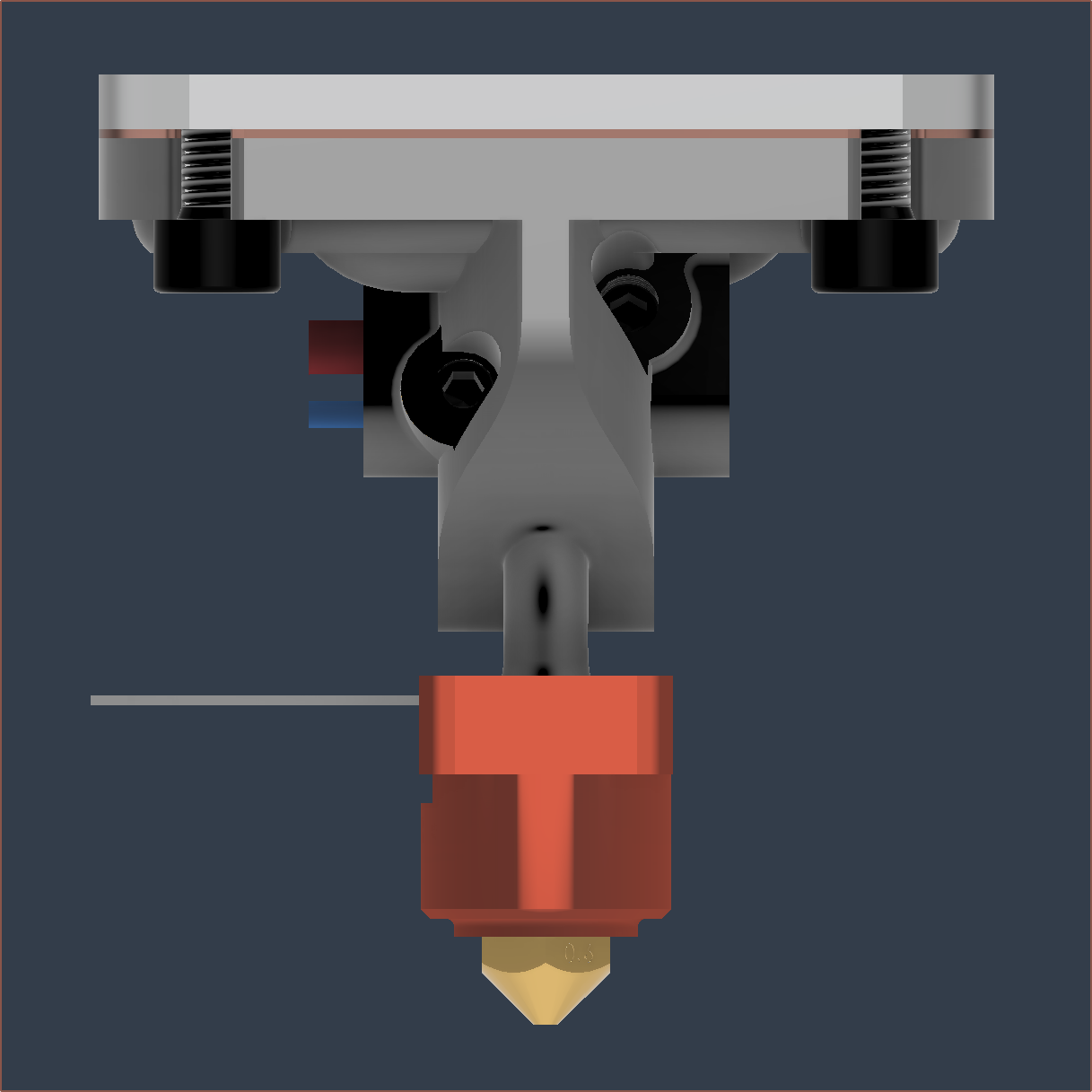
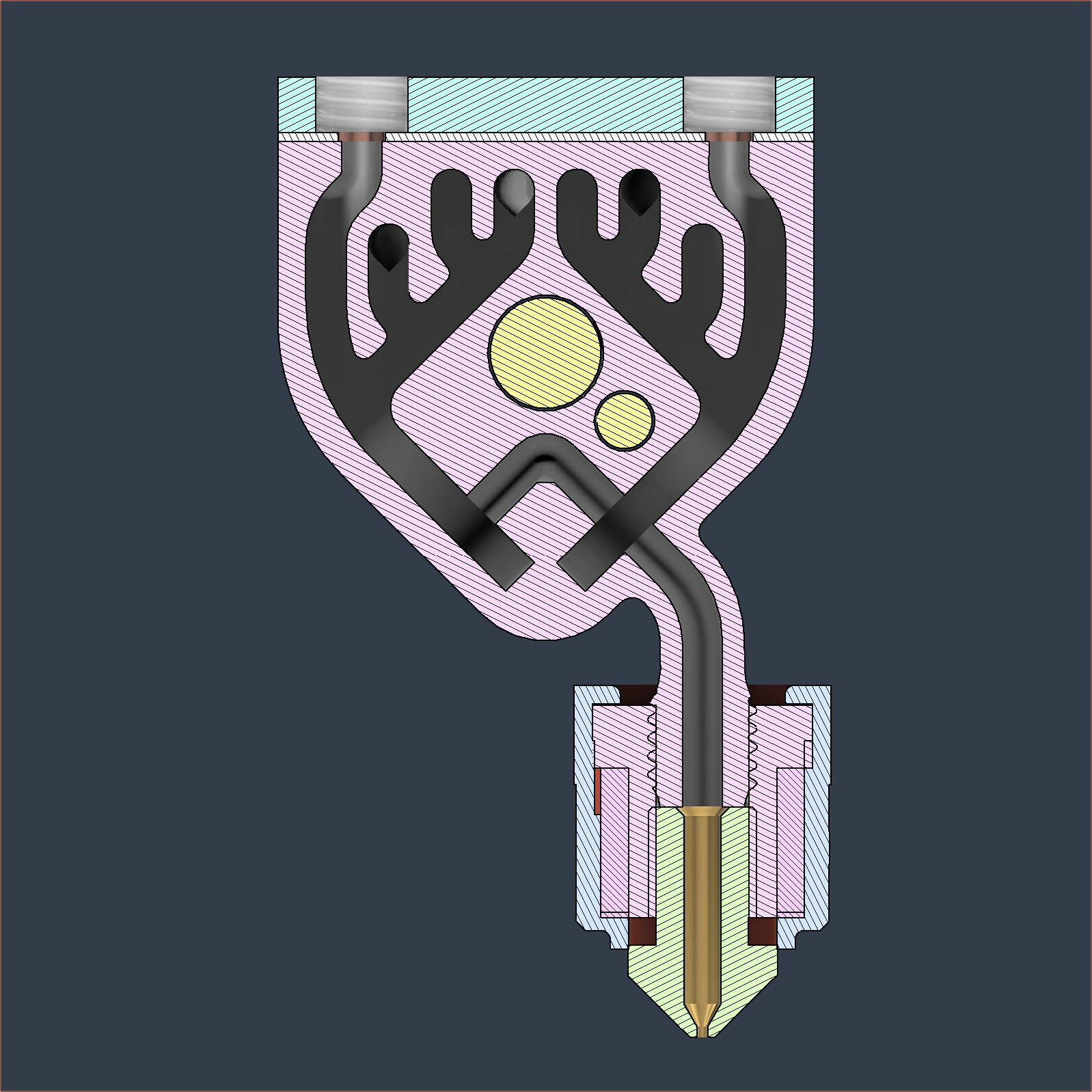

Volume is now a clean 11.1cm^3. Also know that the cavity volume is 1.1cm^3, down from 1.8cm^3 in the partially-successful Coaxial8or r0.
[Aug 12]
The engineer says it's possible to remove the powder, and the autoquote is also notably lower too:
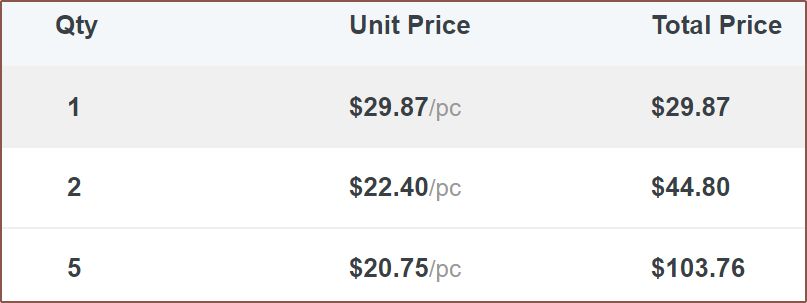
 kelvinA
kelvinA
Discussions
Become a Hackaday.io Member
Create an account to leave a comment. Already have an account? Log In.